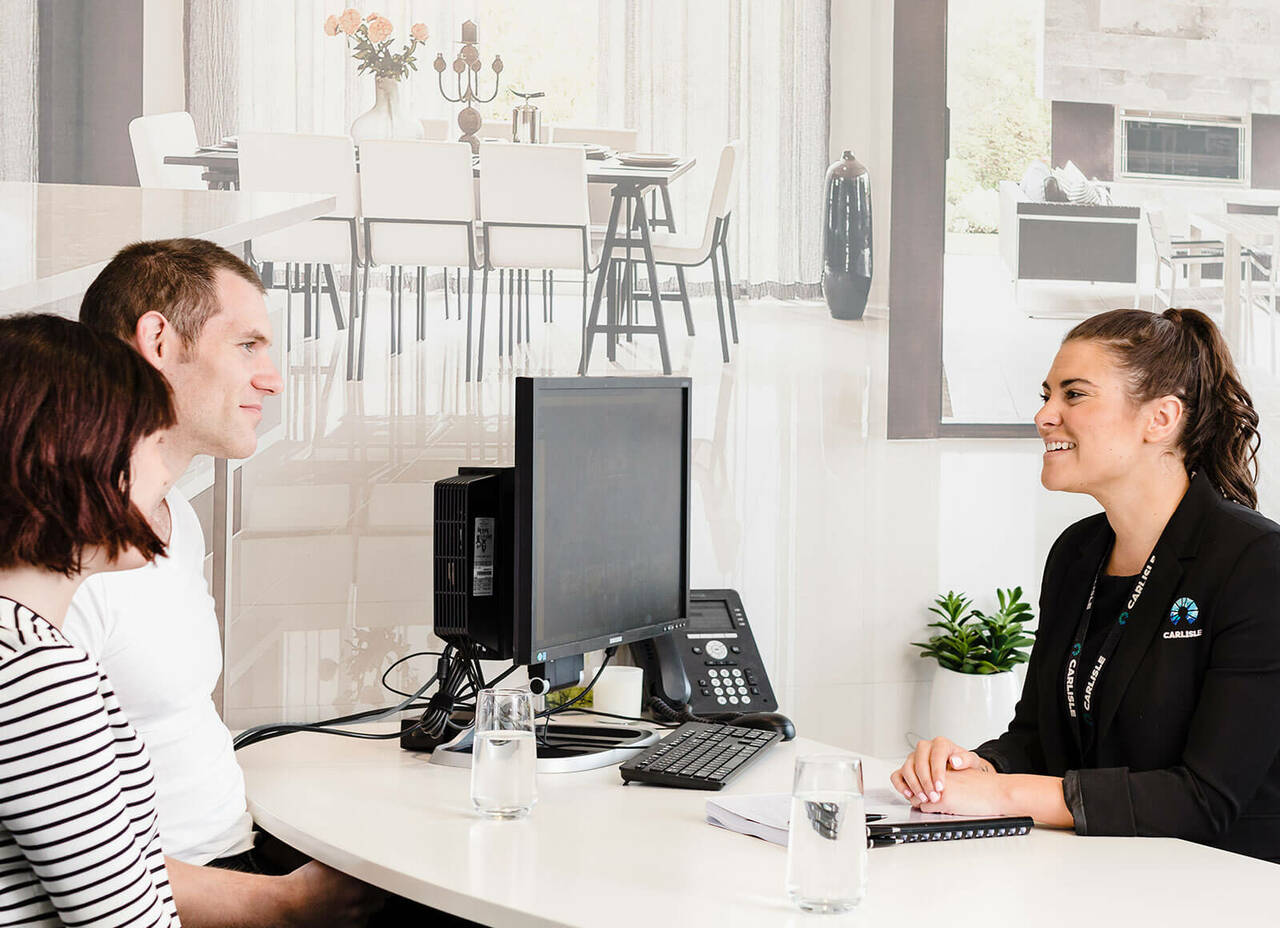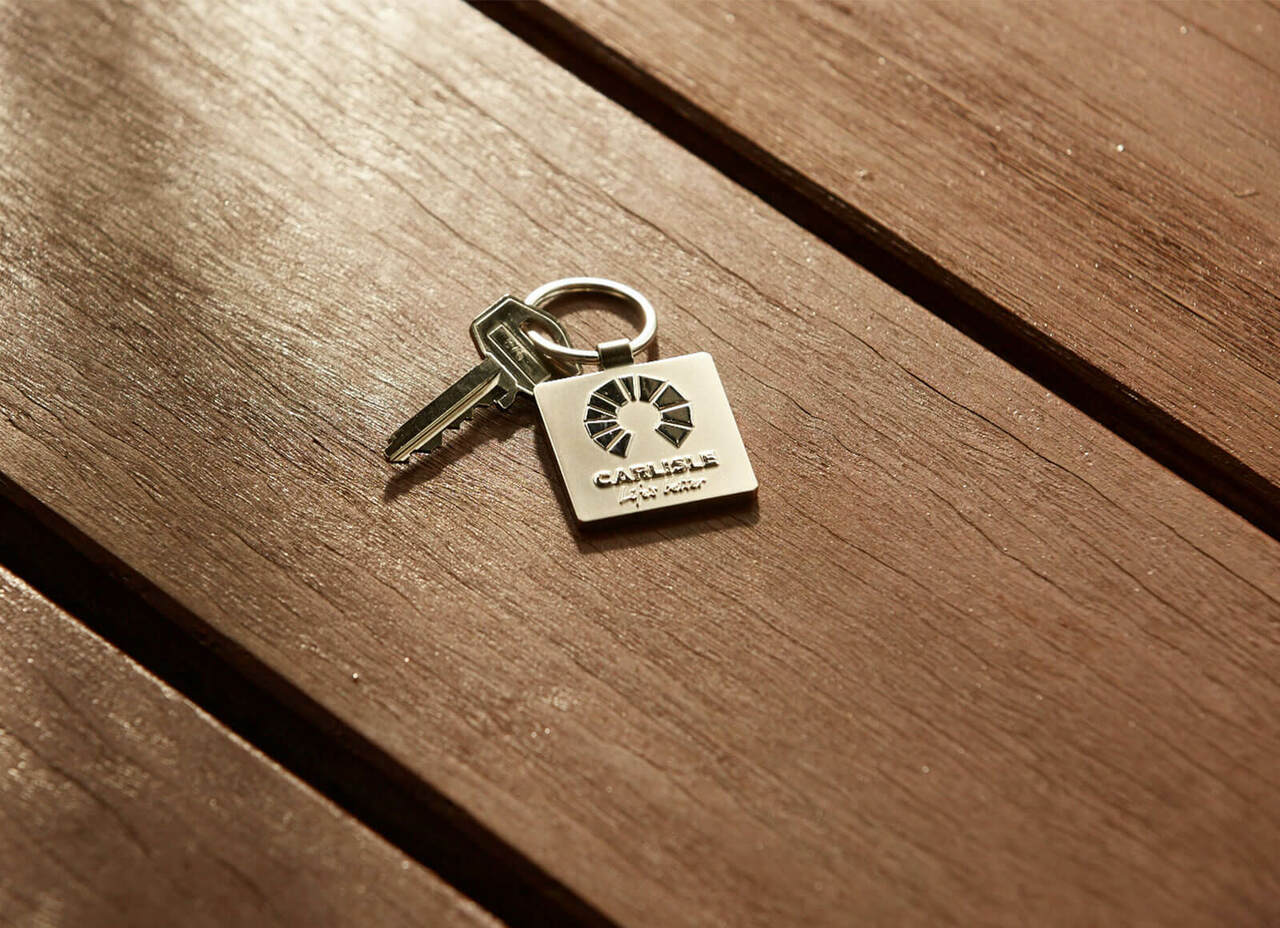How much will your new home really cost?

Avoid any unwanted surprises and get informed about how much a new home will really cost you. Here’s a breakdown of the fees you can expect and why –
Buying a house isn’t cheap. That’s why it’s so important to understand exactly what costs you’ll be up for. As well as the obvious cost of the house and land, you will need to take into account a range of extras. Some you may already be prepared for. Others might surprise you.
Before you start shopping for property, make sure you know which of the following costs you should be adding into your budget.
Stamp duty or land transfer duty
This is the second largest cost after the price of the house itself. The good news? Eligible first home buyers don’t have to pay it.
Stamp duty, now called land transfer duty in Victoria, is a tax levied on the purchase of your property. It is calculated based on the value of the home. The more expensive the property, the higher the stamp duty. The amount also varies between states and territories.
Victoria offers a stamp duty exemption for first home buyers who enter into a contract of sale to buy a first home with a dutiable value (usually the contract price) of $600,000 or less. Learn more about stamp duty here.
If your home has a dutiable value between $600,001 and $750,000 you will receive a first home buyer concession. This is calculated on a sliding scale depending on price.
However, if you’ve bought real estate before, you will need to factor land transfer duty into your costs. You will also have to pay it if you are buying the home as an investment rather than to live in.
As a guide, if you’re buying a house and land package worth $600,000 in Victoria and are not eligible for the exemption or concession, you can expect to pay $15,530. A million dollar home will cost $27,500.
You can access a stamp duty calculator here to find out how much yours will be.

For Victorians, stamp duty is now referred to as land transfer duty. This is a tax you’re charged for the purchase of your property and it’s determined by the value of your home. If you’re not a first home buyer, or you’re purchasing an investment property, you’ll need to factor this cost into your budget.
Conveyancing or solicitor’s fees
If you’re buying real estate, you will probably need to engage a solicitor or conveyancer. While it is legal to do the conveyancing yourself, it is an intricate and complex process — and a mistake can have serious consequences. It is very strongly recommended that you use a professional for this service.
Conveyancing fees vary. When you’re comparing quotes, make sure you’re comparing apples with apples: some firms charge a lower fee for a basic service and then add extra fees on for tasks such as phone calls, attendance or filing fees. Others combine all of these services into one flat fee.
In Victoria, the average conveyancing fee is from $600-$1400 for a standard owner-occupier residential purchase.
Lenders Mortgage Insurance
Like stamp duty, this one doesn’t apply to everyone. Lenders mortgage insurance, or LMI, is payable if you’re buying a home with a deposit of less than 20%. It is calculated as a lump sum, although most lenders will add it to your total loan so you can repay it in instalments.
LMI is there to provide extra security for the lender. If you default on your mortgage repayments, it makes up any shortfall between what the bank has loaned you and the price they can get for your property.
It’s calculated on a sliding scale according to the size of your deposit. If you only have a 5% deposit, you’ll pay more LMI than if you have 10% deposit.
As a rough guide, you could expect to pay around $25,000 if you have a 5% deposit ($30,000) on a $600,000 house. If you have a 15% deposit ($90,000) you might pay $7,000 in LMI.
Learn more about deposits and LMI here.

If you’re buying a home with a deposit of less that 20% then you’ll need to consider Lenders Mortgage Insurance (LMI). This is an additional cost on top of your loan that provides extra security for your lender; acting as a buffer for banks in case you default on your repayments.
Mortgage registration and transfer fees
At settlement, your solicitor or conveyancer will lodge the transfer of ownership and register the new mortgage against your property. The government levies fees against both of these processes.
The cost varies from state to state.
Mortgage registration in Victoria costs $110.80 for electronic registration and $119.70 for paper-based processes.
Land transfer fees (which are separate from the land transfer duty) vary depending on the dutiable value and whether the lodgement is electronic or paper-based. An electronic lodgement for a $600,000 property is $1494. You can calculate the exact amount here.
Loan application or establishment fee
Whether or not you pay for LMI, there will be some additional costs when you take out your mortgage.
Most lenders charge a loan application fee or loan establishment fee when you first set up the loan. This is a once-off charge, which varies between lenders. Expect to pay between $500 and $1000, although it’s always worth asking if lenders will waive or reduce the fee
Building and pest inspections
If you’re building a new house, you get to skip this one as well. Our commitment to excellence is demonstrated in the quality of our materials, fixtures and workmanship. All new contracts signed from January 1 2017 enjoy Carlisle’s 25 Year Structural guarantee, meaning you can rest assured your new home has been built to last.
Building and pest inspections are highly recommended for established homes, however, especially older builds. They’ll tell you if there are any problems or likely repairs that need to be done. Pest inspections check for evidence of termite damage, and also identify areas of risk that might encourage termites.
The cost of a building and pest inspection is about $600.

At Carlisle we understand that circumstances vary and choosing the right process for your situation is essential before you start your journey. If you’re thinking about taking out a loan, learn more about the what the right loan structure is for you here.
As you can see from this list, not all costs apply to every circumstance. However, it’s important to know which ones apply to you so that you can develop an accurate budget.
Because Carlisle understands that you need to budget with confidence, we work with trusted land developers to offer a fixed price house and land package for all first home buyers. No hidden extras, no additional costs. You’ll know exactly how much you need to budget, with no nasty shocks at the end.
For more information go to the Financial Services section of our website or speak to one of our friendly loan specialists on 1300 328 045.
